
The Quick Question series answers your MTB repair questions. Do you have a quick question about mountain bike repair? 🤔 Email [email protected] and we’ll do our best to answer it!
Today’s MTB maintenance and repair query comes from a reader based in Connecticut: “What oil can I use to limit the gritty and gummy mess on my jockey wheels. I’m using a stiff toothbrush to clean them after 10 miles on CT dirt. Went through a chain and cassette in only nine months so I want to extend the life of this new drivetrain.”
This one might be a little more region-specific than others, so we would love it if readers can add some favorite chain lubes and drivetrain cleaning strategies in the comments below. I will take a first pass at the answer.
For starters, I really feel for this rider. I spent many years riding in the Pacific Northwest through sideways rain, lubing my chain after every pedal just to keep the noise down a little. I definitely wasn’t washing the drivetrain every ten miles, and my bike rarely shifted properly as a result. I now live in a dry climate, and drivetrain issues typically come from smashing against rocks far before any components are exhausted.
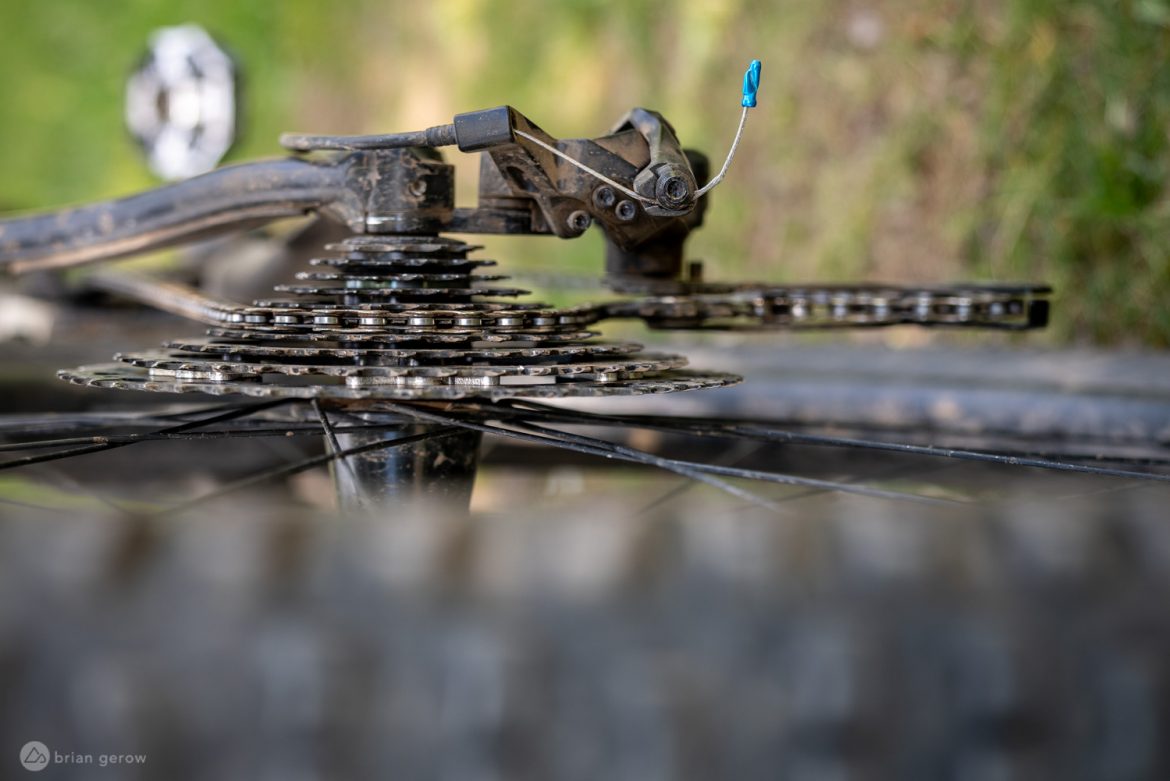
The number one thing I eventually learned in the name of drivetrain-health in the PNW was that using a lot of heavy “wet-weather” lube only made things worse. A friendly bike mechanic taught me that if I use a lighter-weight (aka dry-conditions) lube all of the time it will lead to less crap collected on the drivetrain on a given ride. The light oil may wash out faster on soggy shreds, but a noisy drivetrain is potentially better than one that’s full of grit — sanding itself into obsolescence. Of course, some puddles can be too deep for thin oils, and sometimes heavy oil is the only way, but whenever possible I now reach for the lightest option I can get.
Since that lightweight lube doesn’t collect as much of the trail, there is less to clean after the ride. It sounds like the soil where this reader lives can be quite tenacious, so frequent drivetrain scrubs are necessary. After a thorough cleaning, where the former oil and soil are removed from the cranks, cogs, and pulleys, the next step is to apply lube to both sides of the chainplates. The chain only needs oil between the plates and rollers where it moves, and all of the excess oil should be wiped off. Anything left on the outside of the plates only serves to collect trail detritus which creates that gummy goodness we all want to avoid.

Now, riding through the mild Mediterranean climate, I wait until my drivetrain audibly asks for oil before applying any. At the first sound of dry metal, I give it a quick cleaning and a little lube.
It’s your turn! There are definitely more drivetrain lube and cleaning tips and tactics than these. Please share yours in the comments below.





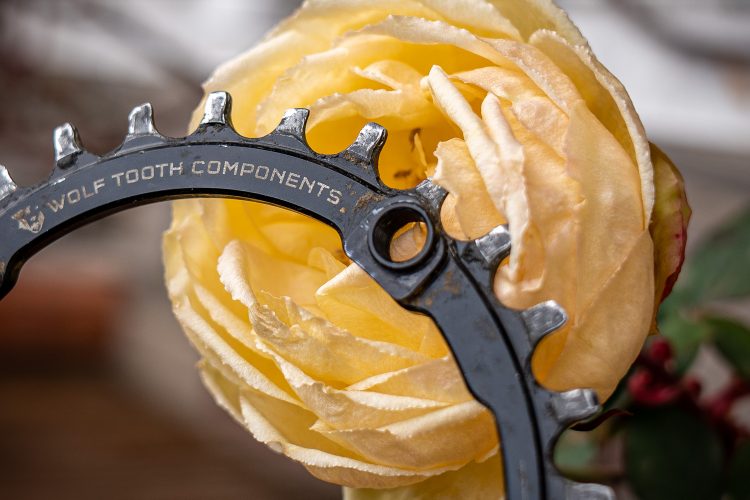
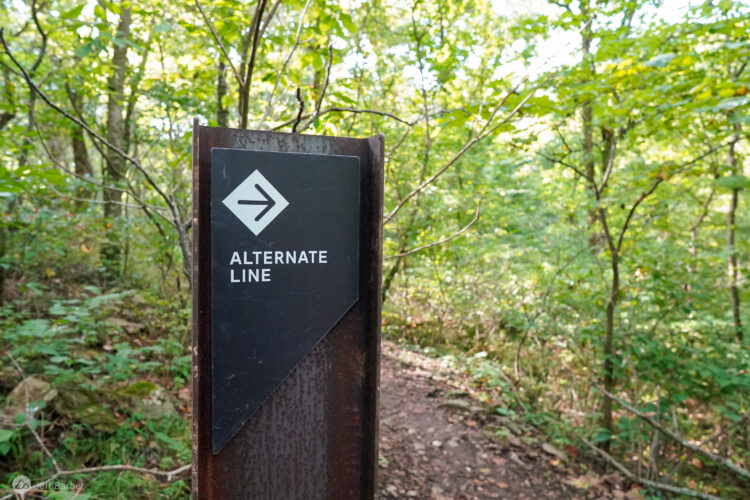
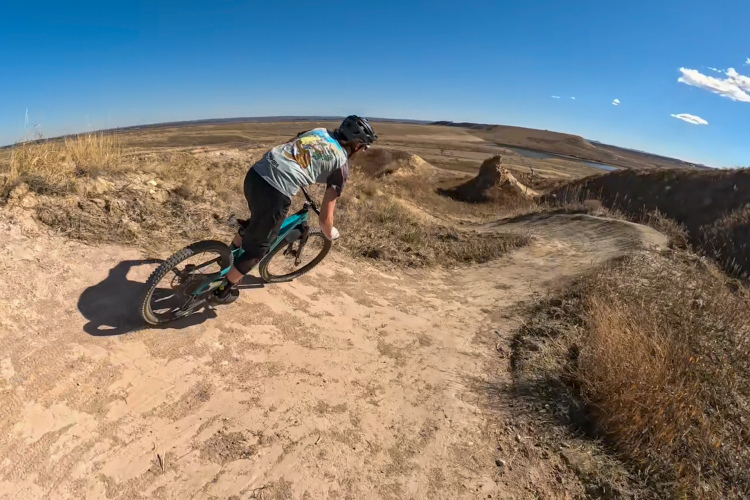

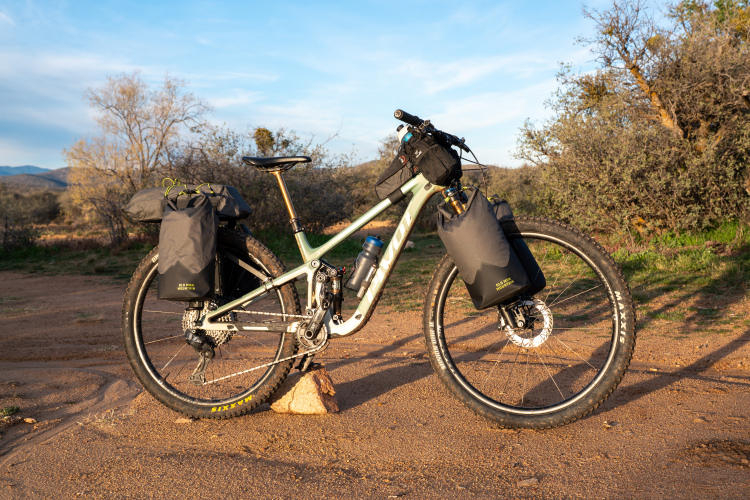

16 Comments
Jul 8, 2021
Jul 15, 2021
Jul 9, 2021
Jul 15, 2021
Jul 8, 2021
Jul 8, 2021
Jul 9, 2021
Jul 15, 2021
Jul 16, 2021
Jul 8, 2021
Jul 9, 2021
Dec 16, 2021
Jul 15, 2021
I live in AZ.
Jul 14, 2021
Dec 30, 2021
So happy since I shifted our fleet of tri, road and gravel bikes to wax. And some of my customers are also so happy with the results. Thecyclologist.co
Cheers!
Jul 15, 2021